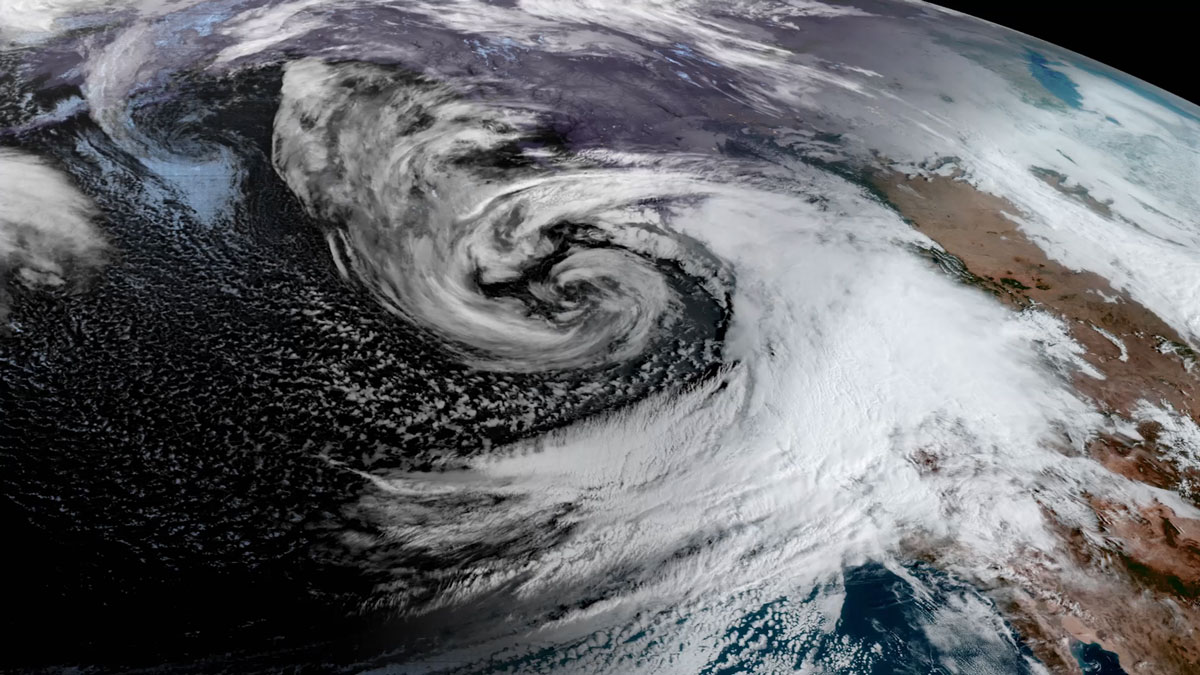Source: Journal of Geophysical Research: Machine Learning and Computation
Modelers have demonstrated that artificial intelligence (AI) models can produce climate simulations with more efficiency than physics-based models. However, many AI models are trained on past climate data, making it difficult for them to predict how climate might respond to future changes, such as further increases in the concentration of greenhouse gases.
Clark et al. have taken another step toward using AI to model complex Earth systems by coupling an AI model of the atmosphere (called the Ai2 Climate Emulator, or ACE) with a physical model of the ocean (called a slab ocean model, or SOM) to produce a model they call ACE2-SOM. They trained ACE2-SOM on output of a 100-kilometer-resolution physics-based model from a range of climates.
In response to increased atmospheric carbon dioxide, consistent with its target model, ACE2-SOM predicted well-known responses, such as surface temperature increasing more strongly over land than over ocean, and wet areas becoming wetter and dry areas becoming drier. When the researchers compared their results with those of a 400-kilometer-resolution version of the physics-based model they were emulating, they found that ACE2-SOM produced more accurate and cost-effective predictions: ACE2-SOM used 25 times less power while providing a resolution that was 4 times finer.
But ACE2-SOM struggled when the researchers asked it to predict what would happen if atmospheric carbon dioxide levels rose rapidly (suddenly quadrupling, e.g.). While the ocean surface temperature took the appropriate time to adjust, the atmosphere almost immediately shifted to the equilibrium climate under the new carbon dioxide concentration, even though physical laws would dictate a slower response.
To become fully competitive with physics-based models, AI climate models will need to become better able to model unusual situations, the authors write. The slab ocean model used in this study is also highly simplified. So to maintain their efficiency advantage while improving realism, AI models will also need to incorporate additional parts of the Earth system, such as ocean circulation and sea ice coverage, the researchers add. (Journal of Geophysical Research: Machine Learning and Computation, https://doi.org/10.1029/2024JH000575, 2025)
—Saima May Sidik (@saimamay.bsky.social), Science Writer


